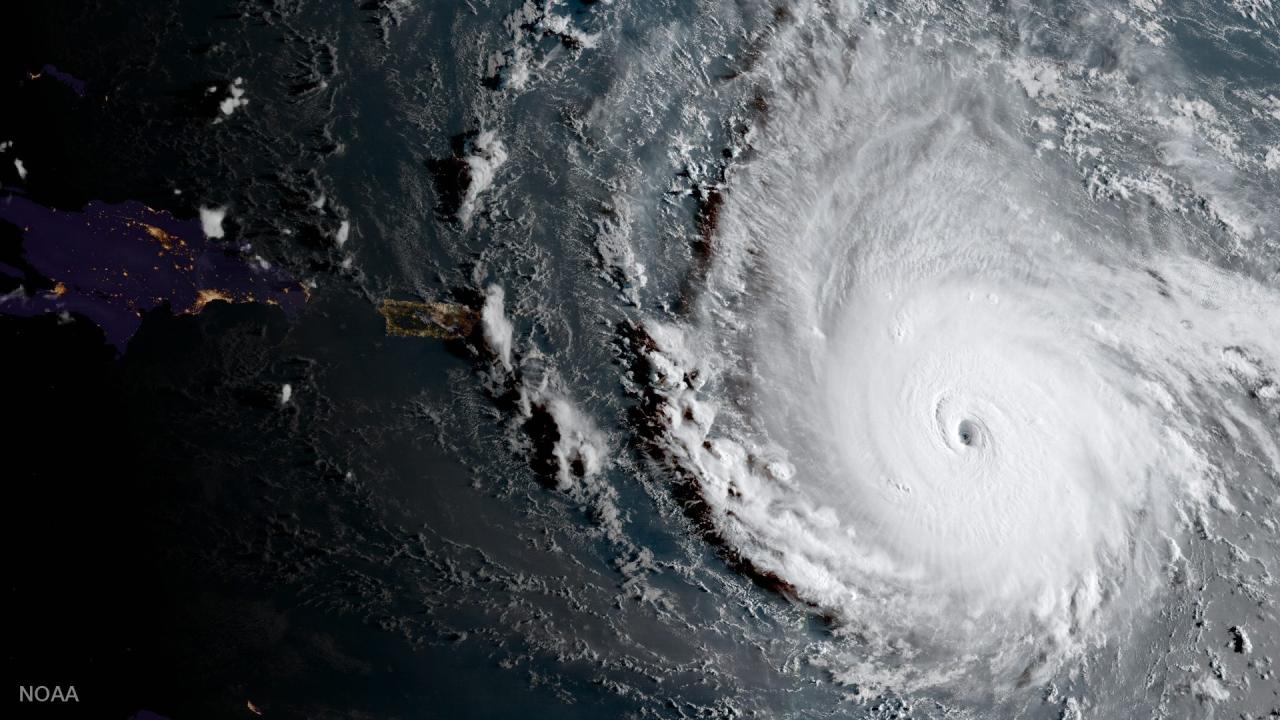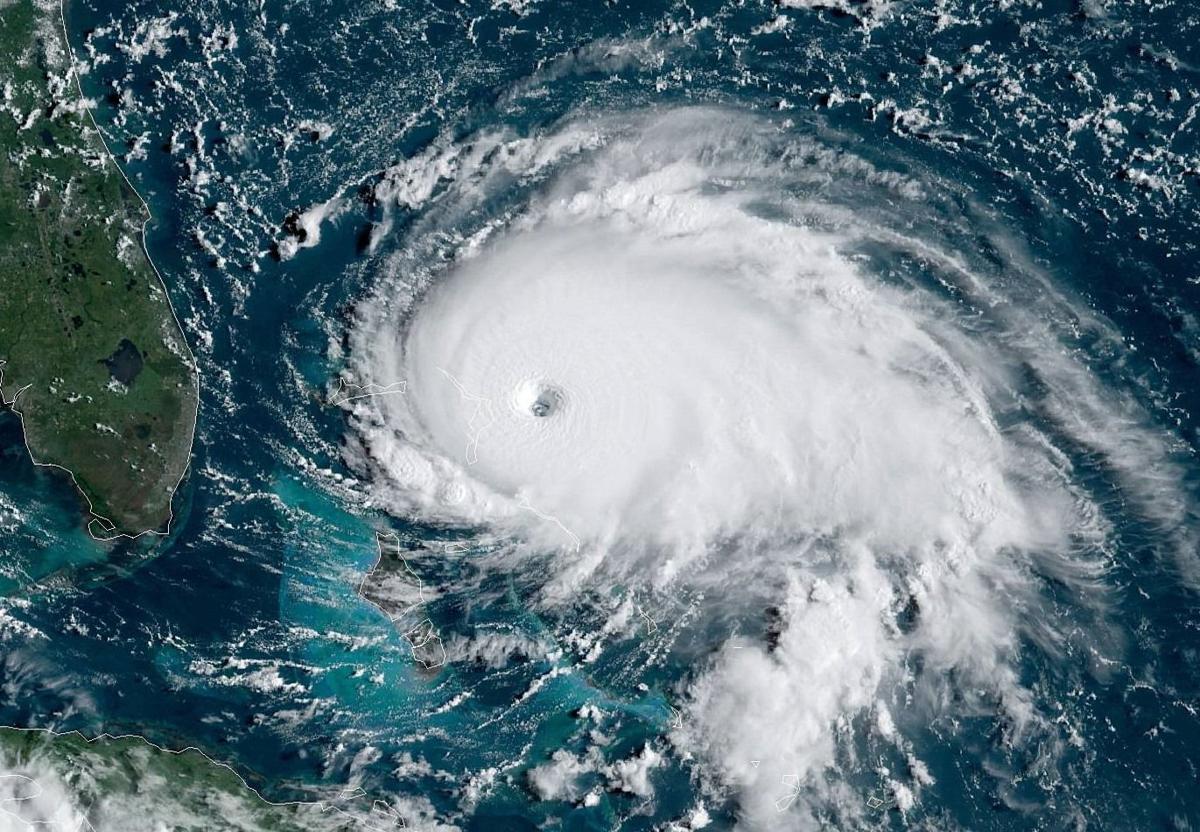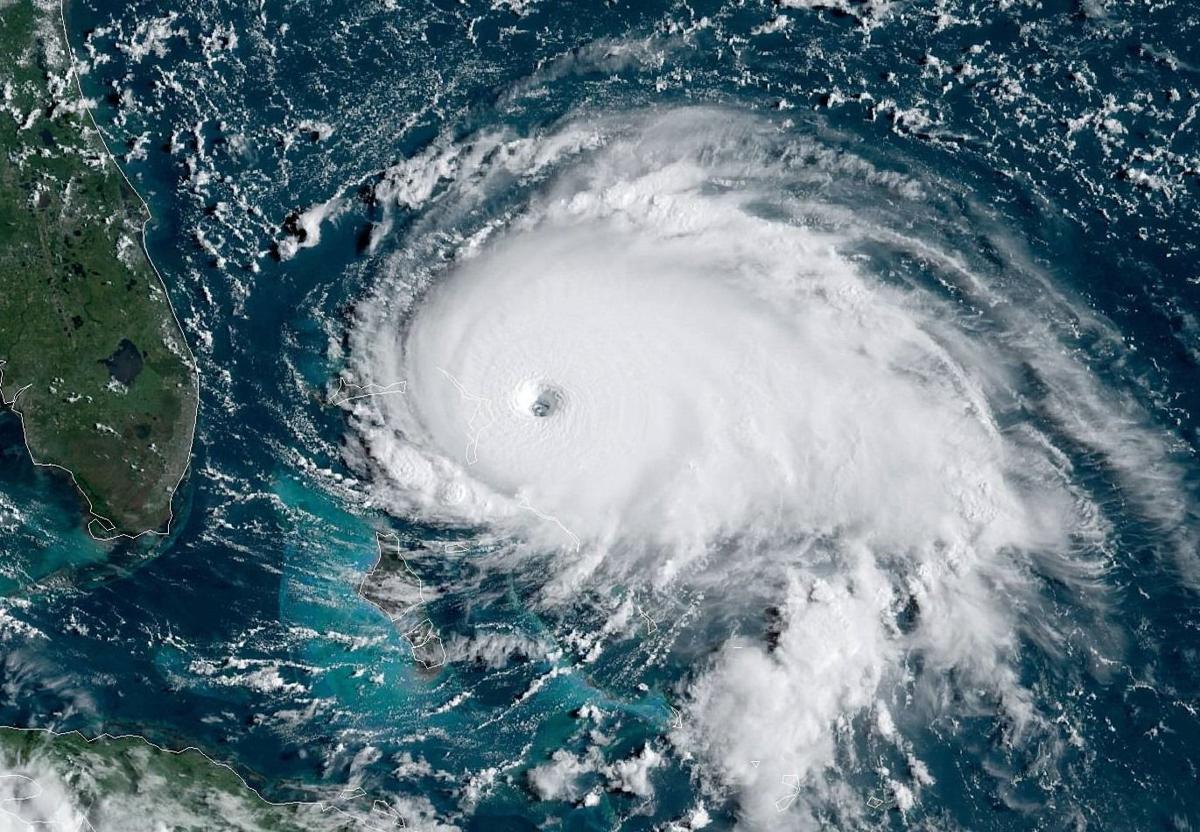NOAA Hurricane Center stands as a beacon of hope amidst the tempestuous realm of hurricanes, guiding us through the treacherous waters with its unwavering dedication to tracking, forecasting, and preparing for these formidable storms.
Delving into the heart of NOAA’s hurricane operations, we uncover a tapestry of services and resources that empower communities to navigate the perils of these natural behemoths. From the meticulous monitoring of hurricane formation to the timely issuance of warnings and advisories, NOAA stands as an indispensable ally in the face of nature’s fury.
NOAA Hurricane Center

The NOAA Hurricane Center (NHC) is a specialized unit within the National Weather Service (NWS) responsible for monitoring and forecasting tropical cyclones, including hurricanes, in the Atlantic and Eastern Pacific basins. The NHC’s mission is to save lives, property, and the economy from the impacts of tropical cyclones.The NHC provides a wide range of services and resources to support its mission, including:
- Tropical cyclone forecasts and warnings
- Hurricane preparedness and safety information
- Research and development of new hurricane forecasting techniques
- Education and outreach programs
Hurricane Impacts and Preparedness

Hurricanes, with their immense power, can unleash a devastating array of impacts. Understanding these impacts and implementing effective preparedness measures is crucial for safeguarding lives and property.
The wrath of hurricanes manifests in various forms, including:
- Storm Surge:A wall of water driven ashore by the hurricane’s powerful winds, capable of inundating coastal areas and causing catastrophic flooding.
- Flooding:Heavy rainfall associated with hurricanes can lead to widespread flooding, damaging infrastructure, homes, and businesses.
- Wind Damage:Hurricane-force winds can cause extensive damage to structures, uprooting trees, and downing power lines.
Hurricane Preparedness
Preparing for hurricanes is essential for minimizing their impact. Key steps include:
- Evacuation Plans:Identify evacuation routes and shelters in advance, and practice evacuation drills with family members.
- Emergency Kits:Assemble emergency kits containing essential supplies such as food, water, first-aid items, and medications.
- Home Preparations:Secure loose outdoor items, cover windows with hurricane shutters or plywood, and elevate valuables to higher levels.
NOAA’s Role, Noaa hurricane
NOAA’s National Hurricane Center plays a vital role in hurricane preparedness and response. They issue timely warnings, advisories, and forecasts, providing crucial information to the public and emergency managers.
Hurricane Data and Research
NOAA has played a vital role in collecting and analyzing hurricane data for decades. This data is crucial for improving forecasting and preparedness efforts, and it helps scientists better understand these powerful storms.
Data Collection Methods
NOAA uses a variety of methods to collect hurricane data, including:
- Aircraft reconnaissance:NOAA aircraft fly into hurricanes to collect data on wind speed, pressure, and temperature.
- Satellite imagery:Satellites provide valuable information about hurricane size, shape, and intensity.
- Radar:Radar can be used to track the movement of hurricanes and to estimate their rainfall rates.
- Buoys:Buoys are placed in the ocean to collect data on wave height, wind speed, and water temperature.
Data Analysis
Once the data is collected, NOAA scientists analyze it to identify trends and patterns. This information is used to develop hurricane forecasts and to improve preparedness efforts.
Importance of Research
Hurricane research is essential for improving our understanding of these storms and for developing better ways to predict and prepare for them. By continuing to study hurricanes, NOAA can help to save lives and property.
Closing Summary: Noaa Hurricane
As we navigate the ever-changing landscape of hurricane science, NOAA’s unwavering commitment to research and innovation shines as a beacon of hope. Through the meticulous collection and analysis of historical data, coupled with cutting-edge forecasting techniques, NOAA empowers us to confront the challenges posed by hurricanes with greater resilience and preparedness.
NOAA Hurricane Center stands as a testament to the indomitable spirit of humanity, a beacon of knowledge and guidance in the face of nature’s most formidable storms. As we continue to unravel the mysteries of hurricanes, NOAA will undoubtedly remain at the forefront, guiding us towards a future where communities can thrive even amidst the tempest’s wrath.
Detailed FAQs
What is the primary mission of the NOAA Hurricane Center?
The NOAA Hurricane Center’s paramount mission is to safeguard lives and property by providing timely and accurate forecasts, warnings, and advisories on hurricanes and tropical storms.
How does the NOAA Hurricane Center track hurricanes?
NOAA utilizes a sophisticated network of satellites, aircraft, and weather stations to monitor the formation and movement of hurricanes, providing real-time updates on their intensity, location, and projected path.
What resources does the NOAA Hurricane Center provide for hurricane preparedness?
The NOAA Hurricane Center offers a comprehensive suite of resources to assist individuals and communities in preparing for hurricanes, including evacuation plans, emergency kits, and guidance on how to stay safe during a storm.

